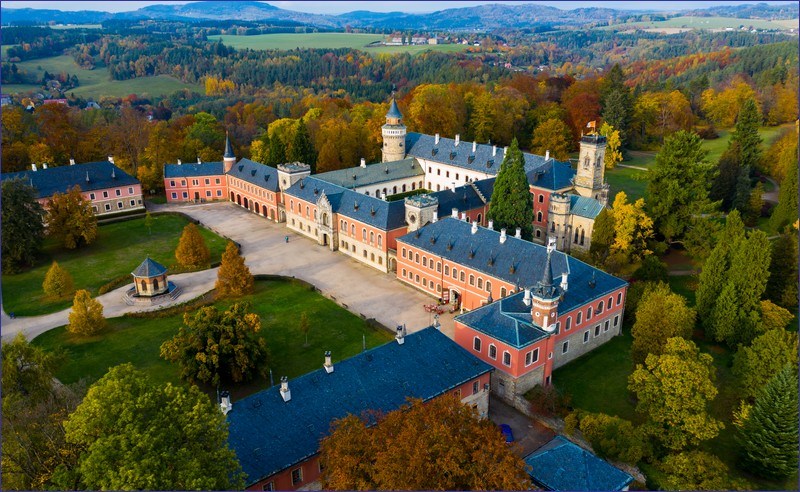Liberec is a city in northern Czech Republic, near the borders with Germany and Poland. It is the fifth-largest city in the country and the regional capital of the Liberec Region. Nestled in the foothills of the Jizera Mountains in my opinion is an average city but it is worth to visit Museum of Southern Czech and see a beautiful neo-Renaissance town hall. The city is a perfect starting point for day trips from Liberec by train to border regions of Poland and Germany. There are many interesting places nearby and scenic railway lines, but in season trails and trains are sometimes overcrowded, especially in Poland.
If you want to travel in border regions of Poland and Germany, I recommend Euro-Nysa Ticket (Euro-Neisse in Germany). For those, who want to travel only in Liberec region it’s better to buy IDOL day ticket.
Direction Zittau and Görlitz:
Hrádek nad Nisou (optional) – a small town located at the tri-border point of the Czech Republic, Poland, and Germany. It has a small, pleasant center. About 3 km north of town is the actual border tripoint, where benches and a photo spot are located, although technically the border lies in the middle of the Lusatian Neisse River.
Also about 3 km east of the center is Grabštejn Castle, which lies within the administrative limits of the town. Buses run between the town center and the castle.
Zittau – a sleepy but charming town, formerly known for producing Robur vehicles. The heart of the city is its main square with an impressive town hall resembling an Italian palace. Zittau’s most valuable monument is the deconsecrated Church of the Holy Cross, which houses the Great Zittau Lenten Veil from 1472. Highly recommended is a ride on the Zittau Narrow-Gauge Railway, using steam engines and retro carriages. The ride to Kurort Oybin or Kurort Jonsdorf is an unforgettable experience. Euro-Nysa ticket holders must pay a surcharge.
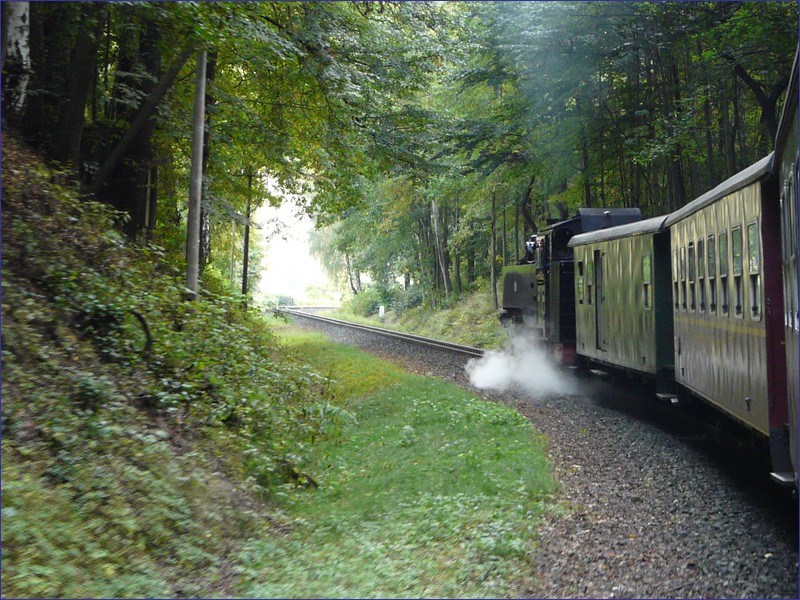
Ostritz (optional) – a quiet little town uniquely served by Krzewina Zgorzelecka railway station on the Polish side, with a footbridge over the Lusatian Neisse River connecting it to town. It has a nice town square, a calm atmosphere, a few historical streets, and a well-known monastery outside the center.
Görlitz – one of the most beautiful Old Towns in Germany. Highlights include the Church of St. Peter and Paul, the town hall, merchant houses, and several medieval towers. The museum offer is limited, but the Silesian Museum is worth visiting. The zoo outside the center with a seasonal park railway is very popular. A must-visit city.
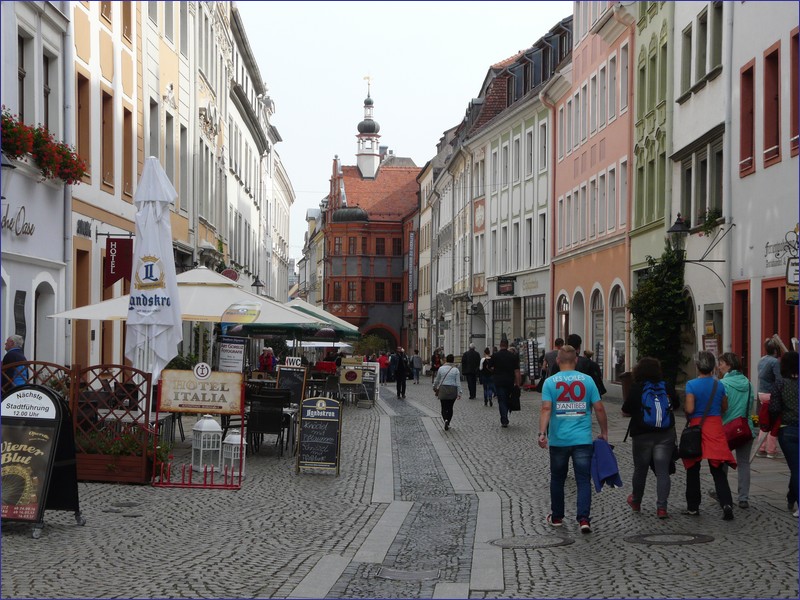
Bautzen – a beautiful and relatively small city, highly photogenic in many areas. A 10-minute walk from the train station leads to the historic center. The most picturesque spot is Friedensbrücke Bridge over the Spree, offering scenic views of the old town. Medieval city walls and three towers are preserved. A symbol of the city is the 44-meter Old Water Tower housing a technical exhibition. The city also features a lovely market square, the Cathedral of St. Peter (shared by Catholics and Protestants), and two unique museums: the Mustard Museum and the Sorabian Museum.
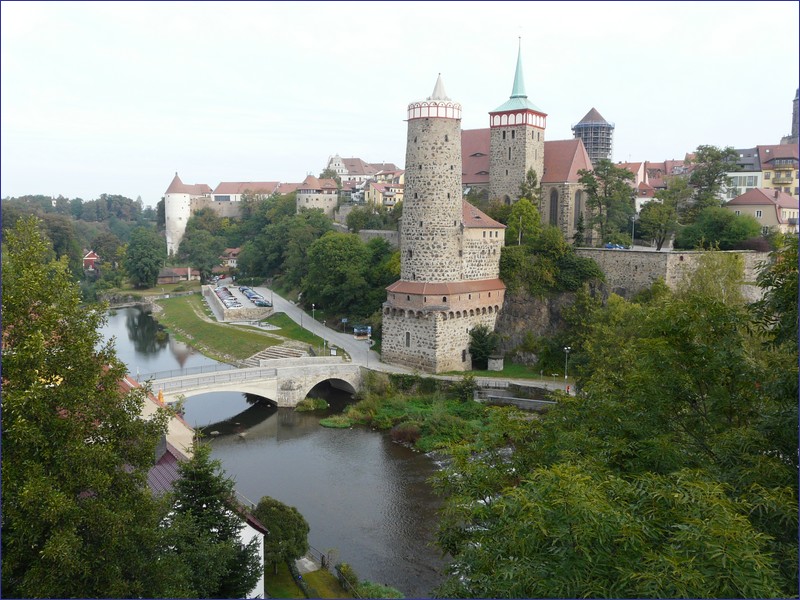
Direction Jelenia Góra:
Jablonec nad Nisou (optional) – home to the popular Museum of Glass and Jewelry. Notable buildings include the theater and beautiful historic villas scattered around the city.
Harrachov – a haven for winter sports enthusiasts, with ski slopes, a bobsleigh track, and a well-developed tourist infrastructure. Museum lovers can visit the oldest glassworks in the Czech Republic, now a museum, along with the Glass Museum, Mining Museum, Ski Museum, and the Šindelka exhibition by the Krkonoše National Park. There’s also a rope park and climbing wall nearby. The Mumlava Waterfall is a major natural attraction.
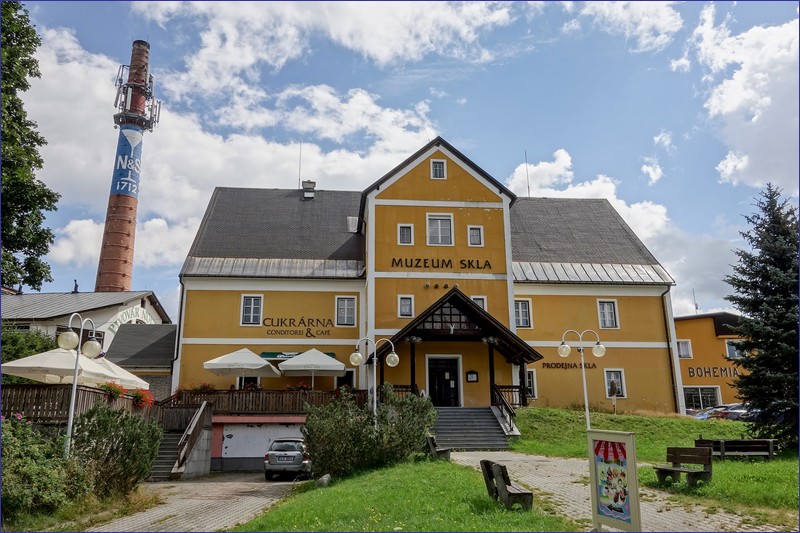
Szklarska Poręba – a popular holiday town known for nature spots like Szklarka Waterfall, Kamieńczyk Waterfall, and Szrenica peak. Visitors often explore the Juna Earth Museum, the Mineralogical Museum, and the Hauptmann House Museum, dedicated to two famous German writers.
Cieplice Śląskie-Zdrój (optional) – a small spa town that is officially a district of Jelenia Góra but feels like a separate place. It has a beautiful Spa Park, a pedestrian zone, the Schaffgotsch Palace, Norwegian Park, and Cieplice Thermal Baths.
Jelenia Góra – a mid-sized city with a pleasant railway station just 10 minutes from the center. The standout monument is the Church of the Holy Cross, but the market square and promenade are also charming. Outside the center are hiking and biking trails along the Bóbr River, the Karkonosze Museum, and the Military Equipment Open-Air Museum. A new attraction includes the “Gates of Time” tunnels. Highly recommended.
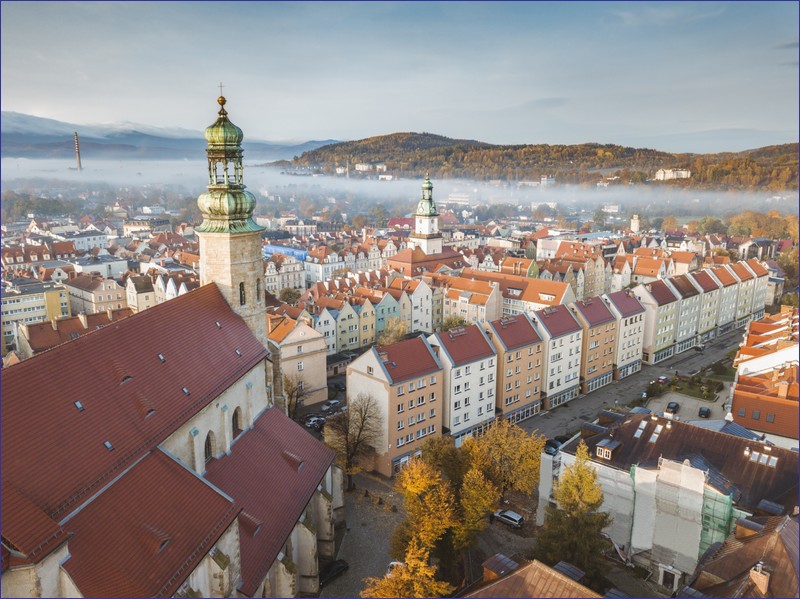
Direction Česká Lípa / Litoměřice:
The train route features interesting tunnels and a rail viaduct in the village of Novina.
Kryštofovo Údolí (optional) – one of the prettiest Czech villages with traditional architecture, known for the Folk Nativity Scene Museum housing over 90 nativity scenes. In the village center is the wooden Church of St. Christopher (1686) and a bell tower added in 1768. The church is usually open only for services, typically Sundays at 4:30 p.m.
Jablonné v Podještědí (optional) – associated with St. Zdislava, who founded a Dominican monastery, the town’s key monument. Nearby is Lemberk Castle, located about 500 meters from the Lvová train stop.
Česká Lípa – a pleasant city, ideal as a trip destination or base for train excursions in the Ústí and Liberec regions. It’s over 1 km from the main train station to the center. Highlights include the market square, the Regional Museum in the former Augustinian Monastery, several historic churches, and the remains of Lipý Water Castle, now home to a textile printing museum.
Úštěk – a charming small town used in several films. It has a picturesque market square with lovely buildings and the Baroque Church of St. Peter and Paul (1764–1772). A unique feature is the “Bird Houses”, small wooden cottages on a cliff built by Italian workers in the 19th century.
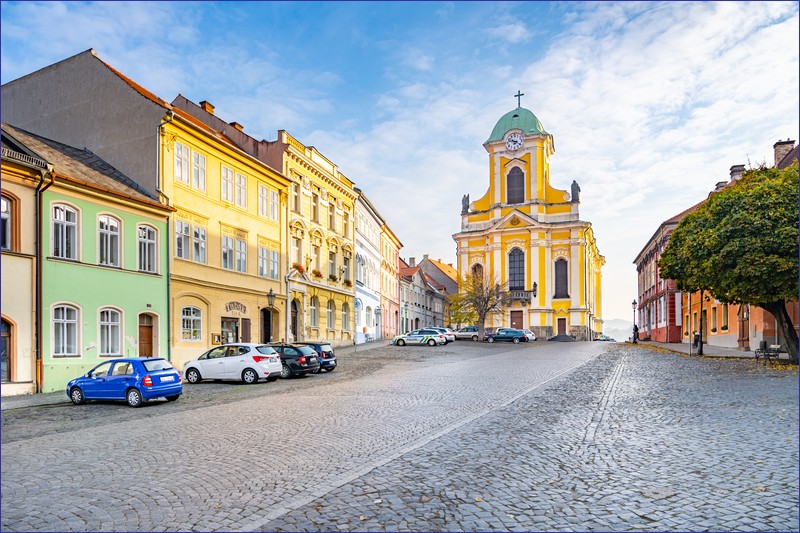
Litoměřice – One of the most beautiful towns in the Czech Republic. This pleasant and relatively large historic town center features numerous religious monuments, mainly churches. Don’t miss the Cathedral Hill with the Cathedral of St. Stephen and the Bishop’s Palace – the palace’s highlights include an 18th-century library and a throne hall with beautiful ceiling paintings. An ideal destination for a day trip.
Terezín – A former fortress town located a few kilometers south of Litoměřice. During World War II, it became known as a Jewish ghetto and concentration camp. The Terezín Memorial is divided into the Small and Large Fortress (Malá a Velká pevnost), separated by the Ohře River. The star-shaped bastion fortress is excellently preserved. Between the two parts of the fortress lies a cemetery, the National Cemetery of Terezín, where over 10,000 victims are buried.
Day trips from Liberec by train – direction Frýdlant
Frýdlant – a small, well-kept town known for its castle, open only in season. The neo-Renaissance town hall (1893–1896) overlooks the square, and part of it houses the Town Museum.
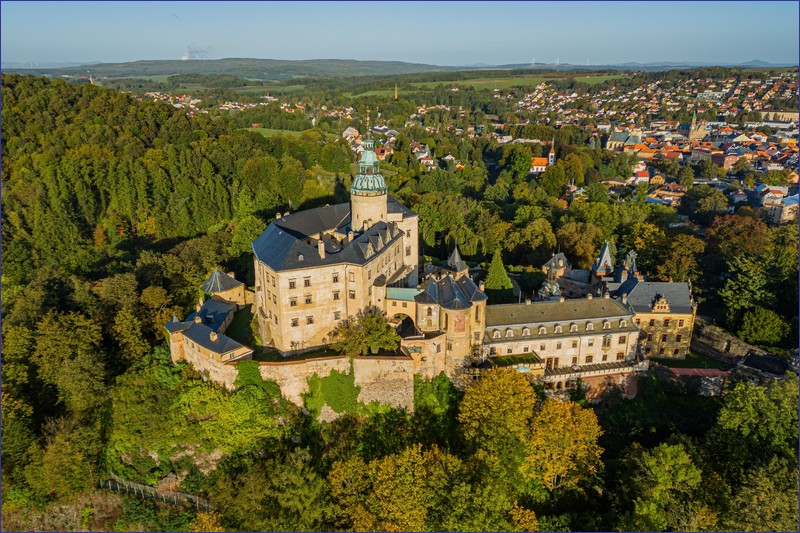
Direction Turnov:
Sychrov (optional) – worth visiting for its Neo-Gothic palace, often seen in Czech films. Built between 1690 and 1693 on the site of a Gothic fortress destroyed in the Thirty Years’ War. Trains pass over a very scenic viaduct in the area.
Turnov (optional) – a small and average town, though the 1719 synagogue (now a cultural center) and the Czech Paradise Museum are worth seeing.
Malá Skála – an interesting village known for its two rock cities and the picturesque ruins of Vranov Castle, perched on a steep cliff above the village. The ruins are open to visitors from May to September for a small fee.
Related articles:
Train travel in the Czech Republic – a comprehensive guide
Scenic railways in the Czech Republic
Narrow-gauge railways in the Czech Republic
